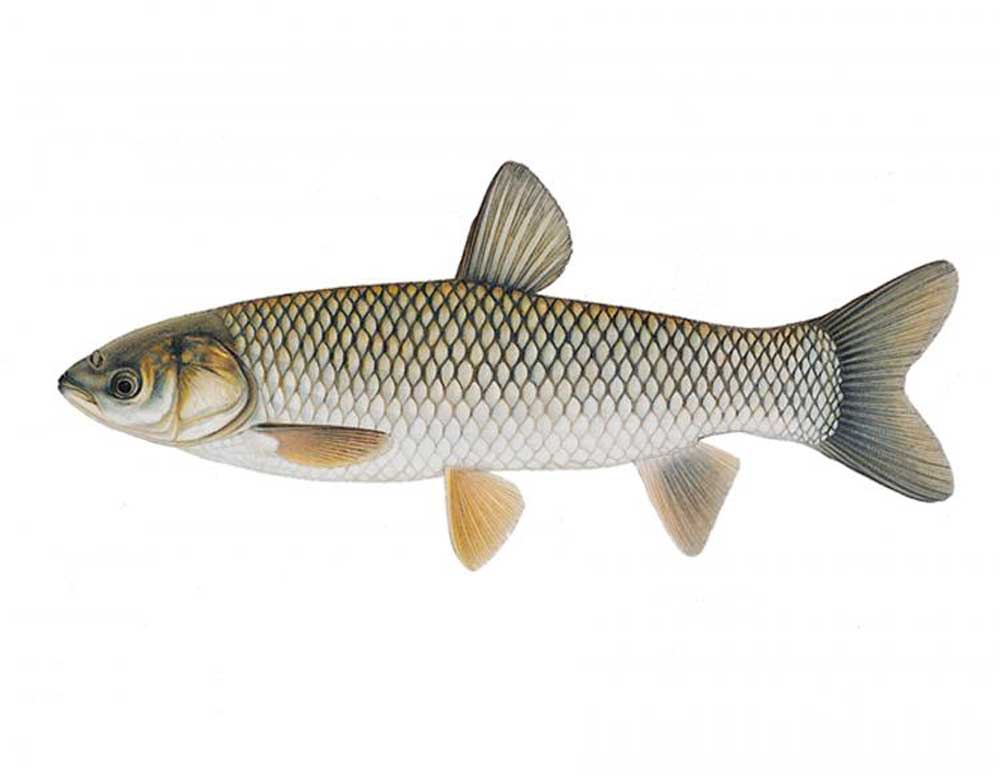MICHIGAN – A representative of the Great Lakes Fishery Commission (GLFC) is pleased with the efforts and news of work that is being carried out by the US Geological Survey (USGS) and universities in looking at ways to come up with a break in the war on invasive carp.
“I don’t know about the specific work being done in this project, but I am very pleased with the level of research and dollars being put toward all of this by the USGS and universities,” said Marc Gaden. “The work being done is similar to the process used to attack the sea lamprey problem; using science and research to uncover what makes carp tick and their vulnerability. Every time this type of effort is put forth and knowledge is gained it adds to the knowledge and hopefully selective controls of invasive carp.”
“In the 1950s, sea lamprey numbers exploded and efforts on how to control them were put forward. After years of science study and failure there are now selective control options in place,” said Mr. Gaden.
Bob McNally reported in a story August 13 that biologists have discovered a new way to control invasive carp. According to Phys.org, (USGS) and University of Missouri scientists may have discovered a breakthrough in the war on invasive carp. They’re studying the complex way carp eggs move in rivers, hoping they can find and remove them pre-hatch.
Adult carp in closed water systems, like reservoirs, are still a problem. But lakes are more easily dealt with. Rivers, like the Missouri, are large, muddy and deep, making capturing carp difficult, the article notes.
“We’ve been developing better ways to remove large numbers of adult carp,” says Duane Chapman, fisheries biologist with the USGS. “But you need to think about the other end as well,” he was quoted by Mr. McNally as saying.
Fertilized carp eggs drift far and wide as they develop. If biologists can learn what waters are best for carp egg and larval development, they can attack those places and kill carp before they mature.
Phys.org says there are four main species of invasive carp in rivers: bighead, black, grass and silver.
Carp were imported to the US by fish farmers in the 1960s, stocking ponds and lakes for harvest. However, invasive carp were accidentally released into rivers and have since exploded in population.
Fishery biologists estimate that invasive carp can almost completely destroy native fish populations, can degrade habitat for other animal species that need water to survive, like migratory waterfowl and other shorebirds.
“They (carp) are continuing to invade new places,” Robert Jacobson, supervisory research hydrologist with the USGS was quoted as saying by Mr. McNally.
“It is good news that the amount of effort and dollars are going into research toward controlling invasive carp,” added Mr. Gaden.





